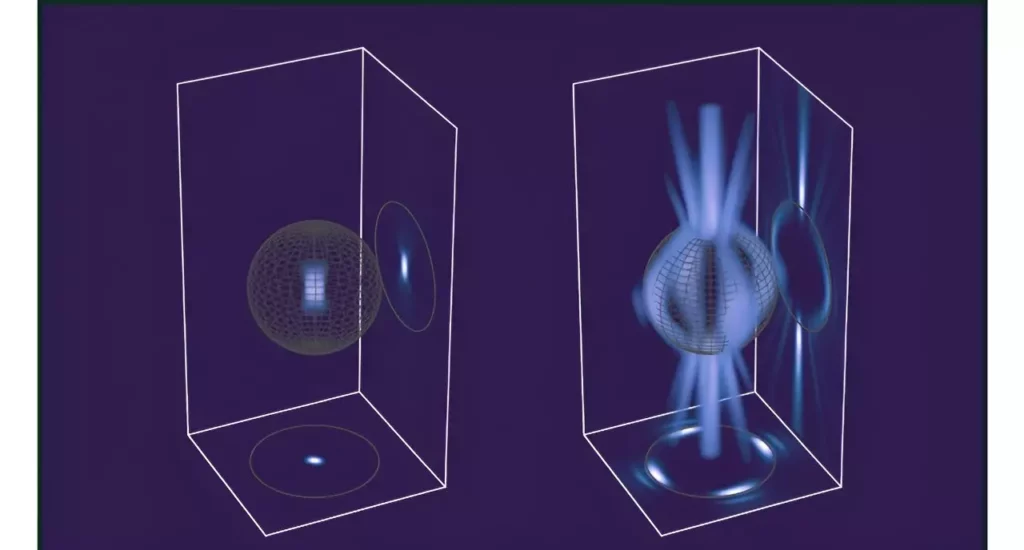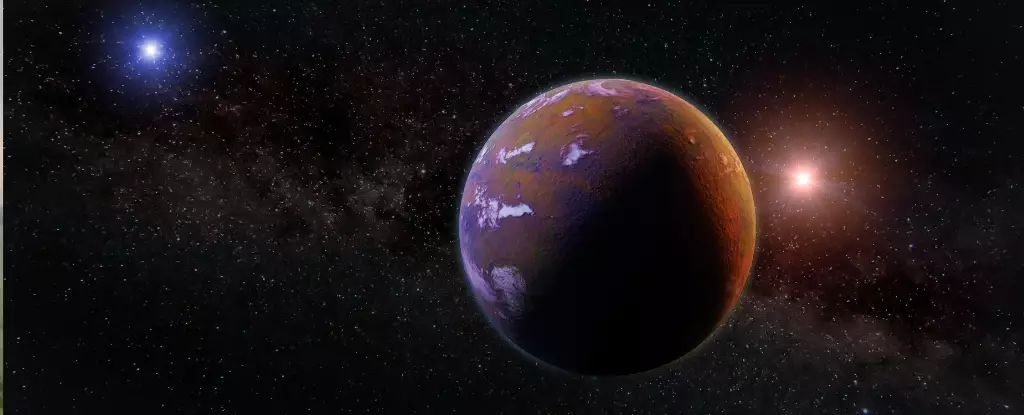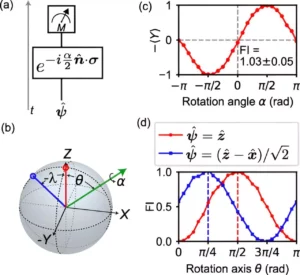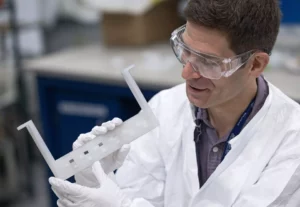Traditional notions of gold origins have long constrained exploration efforts, primarily focusing on land-based deposits formed through complex geological processes over millions of years. However, recent groundbreaking research by McGill University’s team has challenged this paradigm, revealing that gold formation is not solely a terrestrial phenomenon but also intimately linked to the oceanic crust. This
Nvidia has emerged as an unassailable leader in the rapidly expanding field of artificial intelligence hardware, leveraging its innovative GPU technology to underpin some of the most advanced AI models today. Its competitive advantage lies not only in superior performance but also in the ecosystem of software and tools that make its chips indispensable for
The field of microscopic particle manipulation stands on the brink of a significant revolution. While the concept of using light to trap tiny objects—known as optical tweezers—originated over four decades ago and earned the Nobel Prize in Physics, recent breakthroughs indicate that we are only beginning to understand and harness this technology’s full potential. The
Every moment we traverse the skies—whether taking off from Heathrow, landing at JFK, or passing through any major airport—we’re unintentionally broadcasting signals into the cosmos. These signals aren’t casual radio chatter—they are powerful electromagnetic emissions that could serve as signs of intelligent life beyond Earth. Recent research exposes a startling truth: our routine technological activities,
In recent years, cannabis has transitioned from a stigmatized substance to a widely consumed cultural phenomenon, particularly across the United States where nearly half of the population has experimented with it. Yet, behind this relaxed attitude lies a complex biological story that warrants thorough scrutiny. A groundbreaking study suggests that cannabis use leaves indelible marks
In our increasingly illuminated world, the subtle yet profound impact of light exposure at night is gaining scientific recognition. For decades, deliberate efforts have been made to optimize daytime lighting for productivity and aesthetics, while the importance of darkness during sleep has often been overlooked. Emerging research suggests that exposure to light after sunset isn’t
The journey of planetary genesis begins within swirling disks of gas and dust encircling newborn stars—cosmic cradles where planets are born. These protoplanetary environments are inherently transient, subject to the star’s energetic emissions that gradually disperse the dust through photoevaporation. This process effectively signals the end of new planet formation, as the raw material becomes
In our quest for longevity and mental sharpness, much attention has historically been placed on diet, exercise, and cognitive training. Yet, increasingly compelling evidence suggests that emotional health—our overall sense of wellbeing—may be just as critical, if not more so, in preserving cognitive function as we age. The profound insight here is that happiness and
The universe constantly beckons humanity with its profound mysteries, and among its most captivating phenomena is the process of star formation. While cats remain inscrutable creatures wrapped in stardust and moonbeams, our tools to understand the cosmos have become increasingly sophisticated. The James Webb Space Telescope (JWST), now in its third year, symbolizes a monumental
Summer evenings are often associated with relaxing under warm skies, but beyond just lounging with a drink in hand, there is a profound opportunity to witness one of nature’s most breathtaking displays—meteor showers. As the second half of July and the beginning of August unfold, the celestial stage is set for an extraordinary convergence of
In an era where neurodegenerative diseases loom as a growing threat, understanding how lifestyle choices influence brain health offers a glimmer of hope. Recent research from Yonsei University underscores the profound impact that diet can have on the risk of developing dementia, particularly highlighting the Mediterranean diet as a potent protective factor. This revelation not
In the realm of aerospace research, complex calculations and cutting-edge technology often dominate the narrative. However, sometimes revolutionary insights spring from the most unexpected sources—like a simple paper airplane. The recent exploration into the behavior of a paper origami space plane during Earth’s atmospheric reentry exemplifies how humility and curiosity can challenge conventional thinking. This
For over a hundred years, the primary approach to type 1 diabetes has been reactive—managing symptoms through relentless insulin therapy. This method, while life-saving, imposes a heavy physical, emotional, and financial burden on patients. The traditional model accepts the inevitability of lifelong insulin dependency, a reality that has shaped the lived experiences of millions. Yet,
For decades, ambroxol has been a familiar name in medicine cabinets across Europe. Commonly used as an effective cough suppressant, this over-the-counter remedy has been quietly lurking in the background, awaiting a new chapter. Recent research is now hinting at its potential role beyond alleviating coughs—specifically, as a groundbreaking candidate in the treatment of Parkinson’s
Traditionally, astronomers have viewed stars as mighty, independent entities that remain largely unaffected by the planets orbiting them. This perception has been challenged by recent groundbreaking observations revealing that planets, especially those in ultra-close proximity to their host stars, can actively influence stellar behavior in profound ways. The discovery of intense magnetic interactions between a















